Jairo from the very cool Cigarras do Brasil – Brazilian Cicadas website asked us to help identify five cicadas from Brazil.
Updated on 3/19 with new images.
If you can ID any of them, let us know in the Comments.
Image 1:
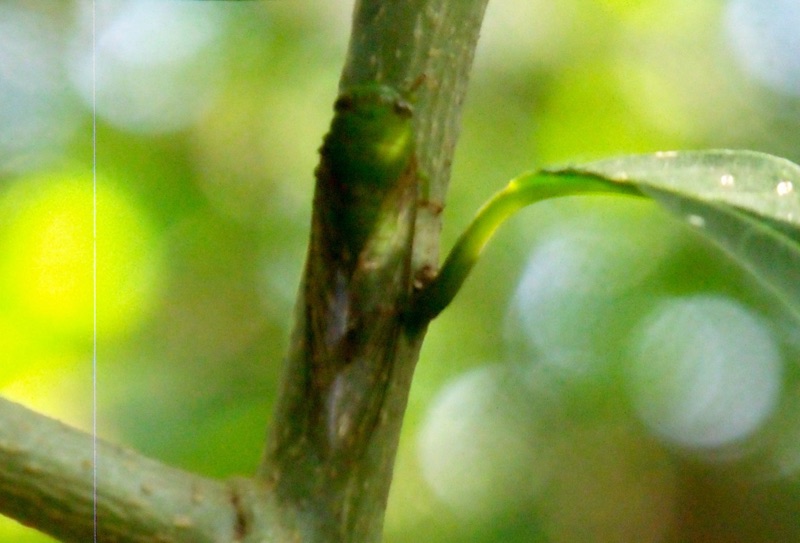
“002: Green cicada with size about 1,5cm, probably genus Carineta. No song recorded:”
New image
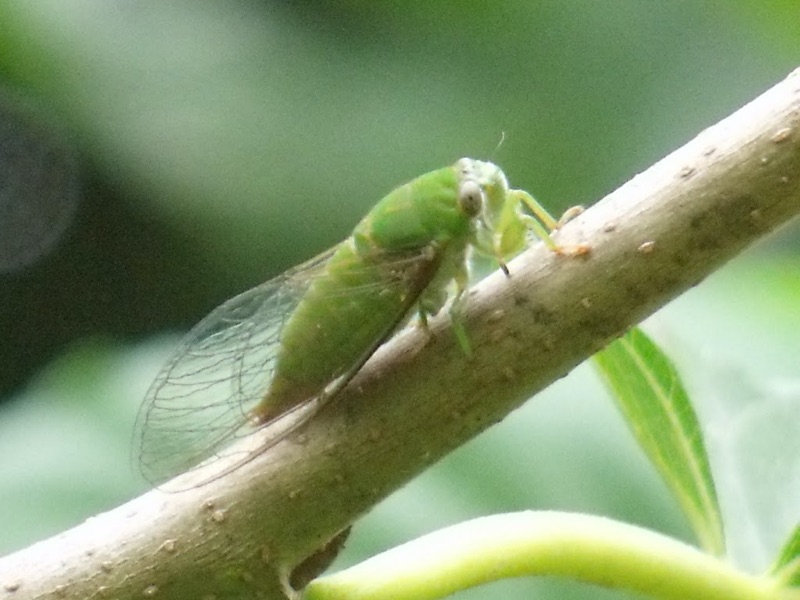
“people said this is not Carineta (even if it seems to be it for me), so i’m sending a photo from another angle (same green cicada). Sure this is not a Fidicina. Photo taken in brazilian late summer (march 04, 2011).”
Image 2:
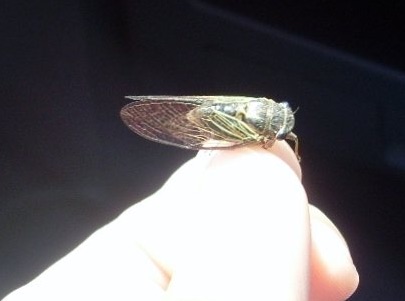
“SL370390: This one was found singing in the grass (its song sounds like a Tibicen auriferus). Its size is about 1,7cm (3/4 in). Color dark green with yellow spots (including the veins in the wings).:”
New Image:
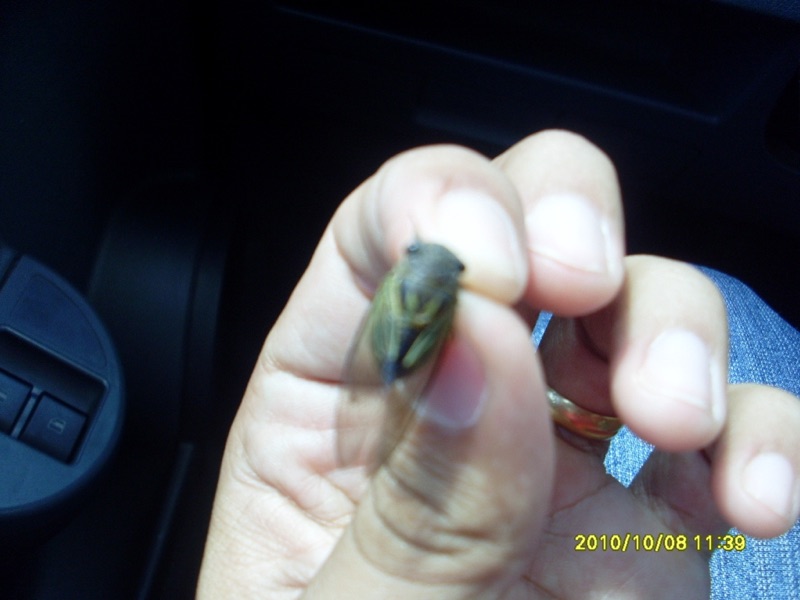
“SL370343: People said this is Proarna, but are they sure? This cicada didn’t finish the molting process. If it’s so, the grass cicada is Proarna too. October 04, 2010.”
Image 3:
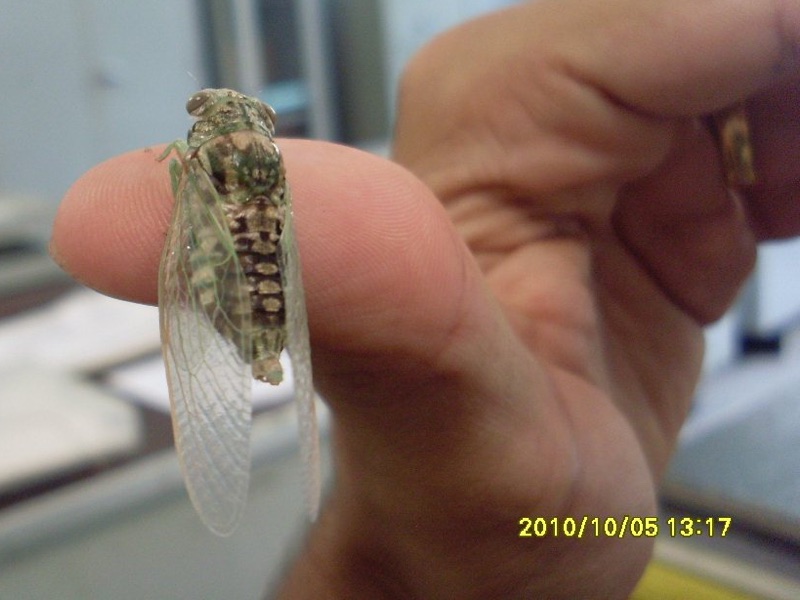
“SL370337: This one has just left its exuvia, so it was not molted yet. But it sings like a Tibicen davisi, and its size is about 2cm. They usually sing high up in trees”
New image:
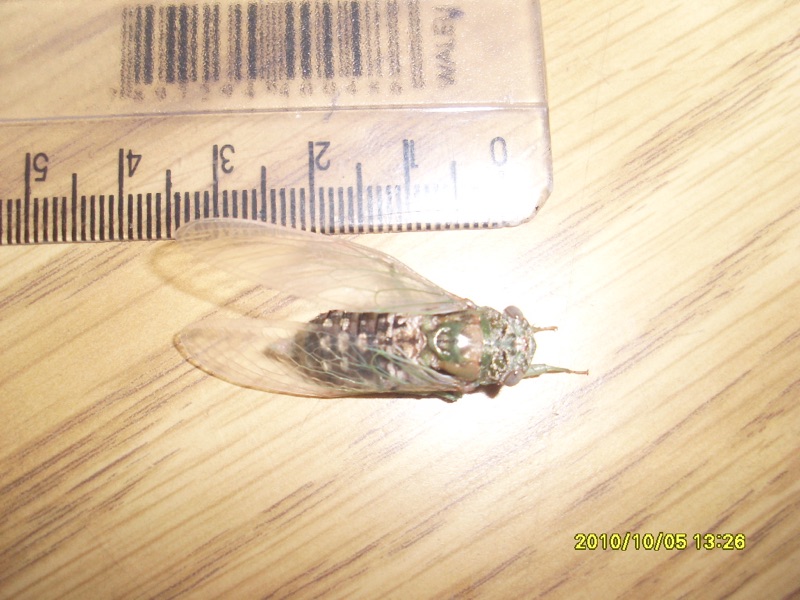
“SL370387: got terrible pictures of this tiny cicada, but i can say the “M” mark on the back of it is yellow, same as the wing veins. Its belly is white, except in the middle of the abdomen, which is light brown. Same as SL370390, sings on the grass. Check the date on the picture (mid spring).”
Image 5:
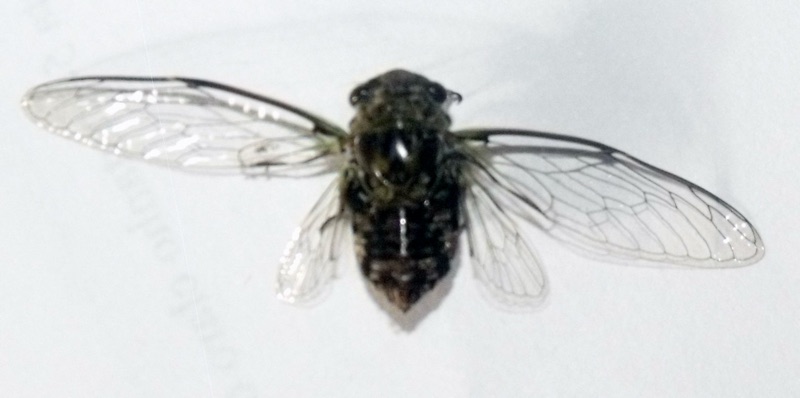
“020: Not sure, but could probably be the same as SL370337 (with the difference that this one is dead).”
New image

“004: dorsal view – better angles for the dead cicada, so you can check the belly. If the two previous cicadas are Proarna, this one should be too, i’m sure they belong to the same genus.”
New image:

“005: better angles for the dead cicada, so you can check the belly. If the two previous cicadas are Proarna, this one should be too, i’m sure they belong to the same genus.”
Image 4:
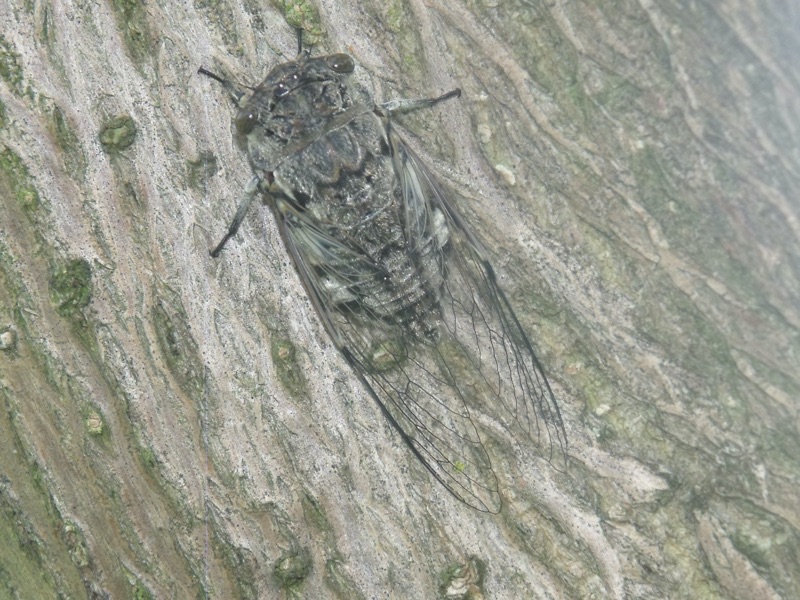
“DSF0993: gray color with black spots, excellent camouflage, size about 1 inch (2,5cm), song starts with clicks and then sounds like a plane turbine (i’ll send you video later). It lasts about 20 seconds”
7 replies on “Help identify these Cicadas from Brazil”
In Argentina there were mossy green/white speckled kinds of Proarna singing in the trees, and a brown, more robust Proarna singing in the grass.
First of all, i gotta thank you for all your comments. I gotta disagree about nr 03 and 04 being Proarna sp. I saw lots of pictures of Proarna cicadas and they’re not alike these two (in Proarna, the pronotum is larger than the head; in these two, the head seem larger than the pronotum). Nr 03 had recently emerged when i photographed it, so its color would change when it finished molting (it would probably be exactly like nr 05, so i believe they are the same species, or at least in the same genus).
Hi Dan- these are not the best photos from the blog!
Sorry with #1- too small for a Fidicina- more the size of Taphura spp
Additional images and video coming soon.
Agree with Geert
1. probably a Fidicina (nr distanti)
2. photo not good enough
3. Proarna nr hilaris
4. Proarna- don’t know species
5. ?? Dorisiana or Majeorana sp- can’t see all wings and photo not so good
With these pictures it’s very hard to ID them, but I’ll give it a shot:
Image 1: Not sure what genus this is, but strongly doubt this is a Carineta, I will try to blow up and clean up the picture a bit and will compare it with some other Neotropical cicadas one of the next days.
Image 2: Sorry, I can’t tell much more with this view then that it’s a cicada 🙂
Image 3: my best guess here would be Proarna sp., this genus needs a serious revision and I’d rather not put a species name on here.
Image 4: again Proarna sp. I’d say, possibly one of the more common species, but again I am gonna keep it to sp. These guys indeed make a whole lot of noise, the ones I recorded in Venezuela were singing in the pouring rain … even with the doors of the car closed, the radio on, and the rain banging on the car I could hear them clearly singing.
Image 5: Fairly sure this is not a Proarna, but with this picture hard to tell.
Hope this helps,
Geert